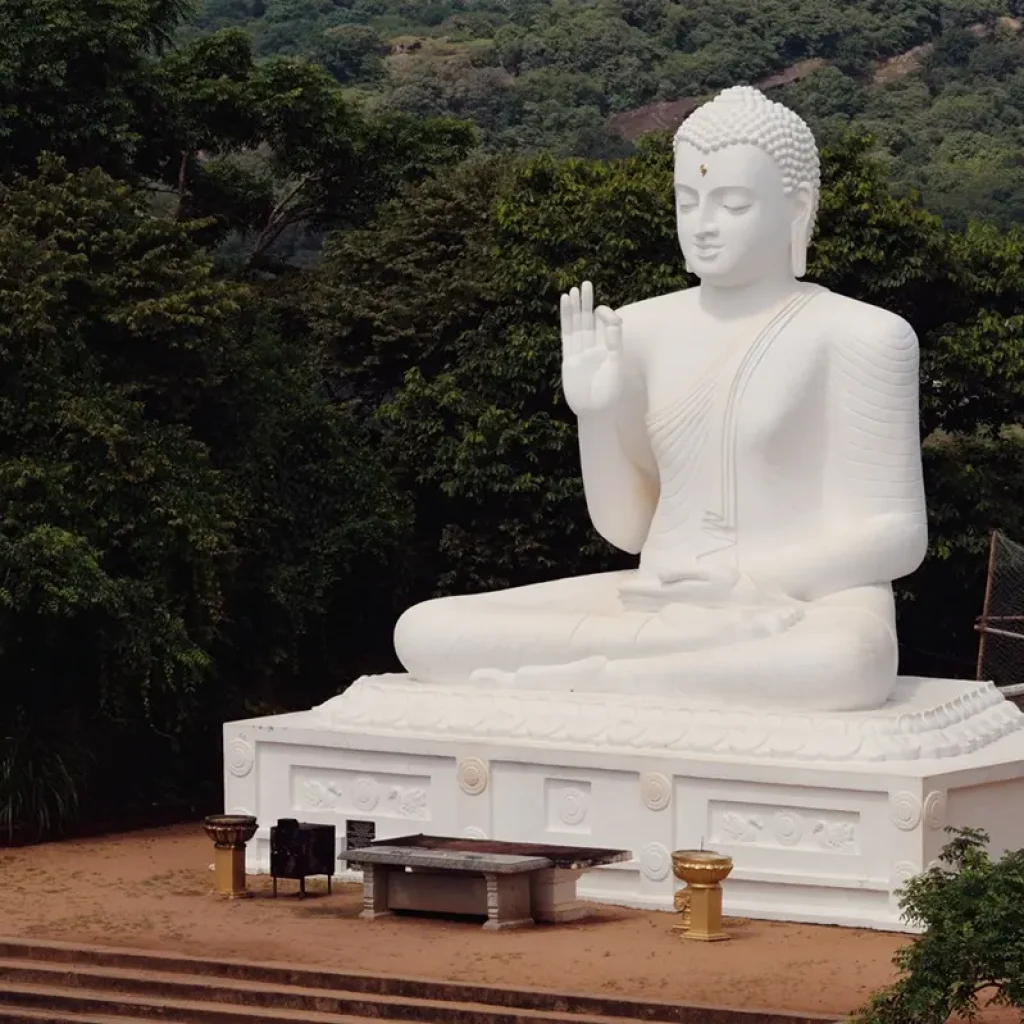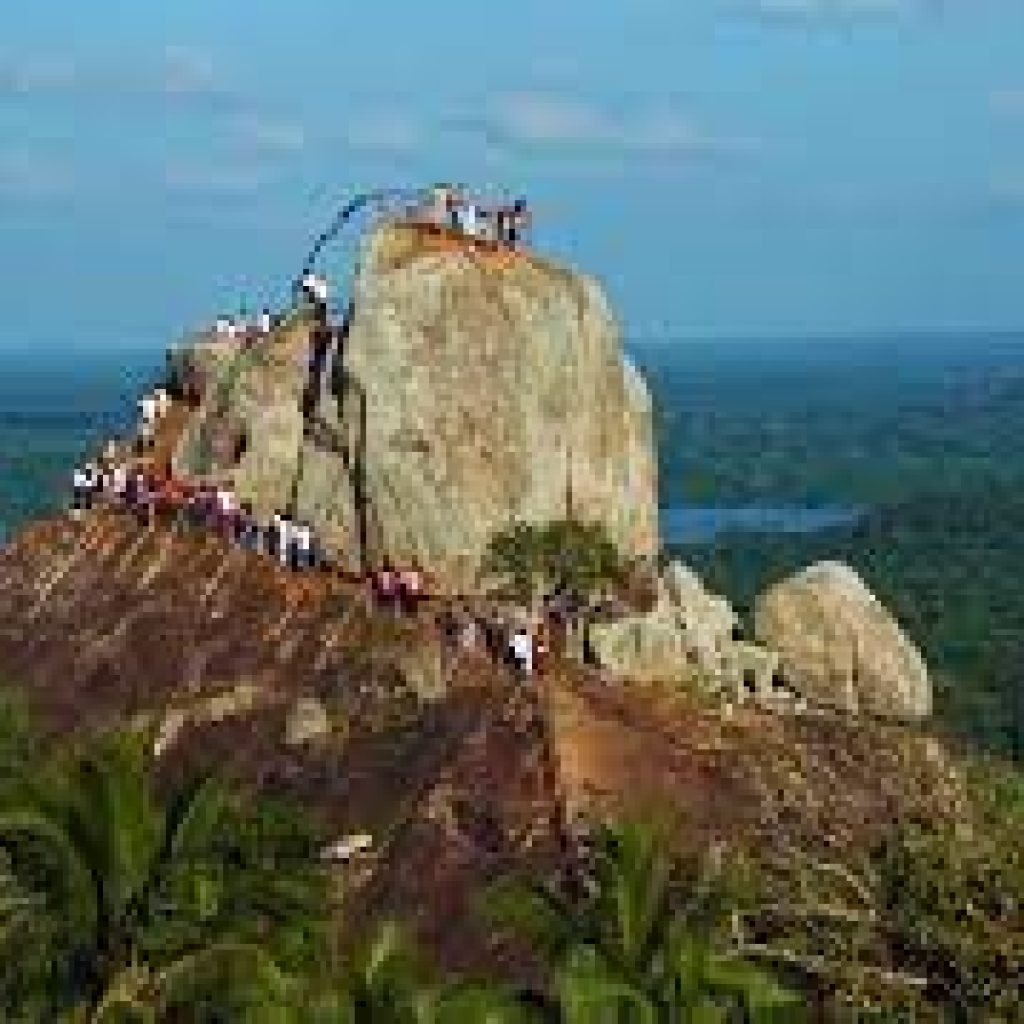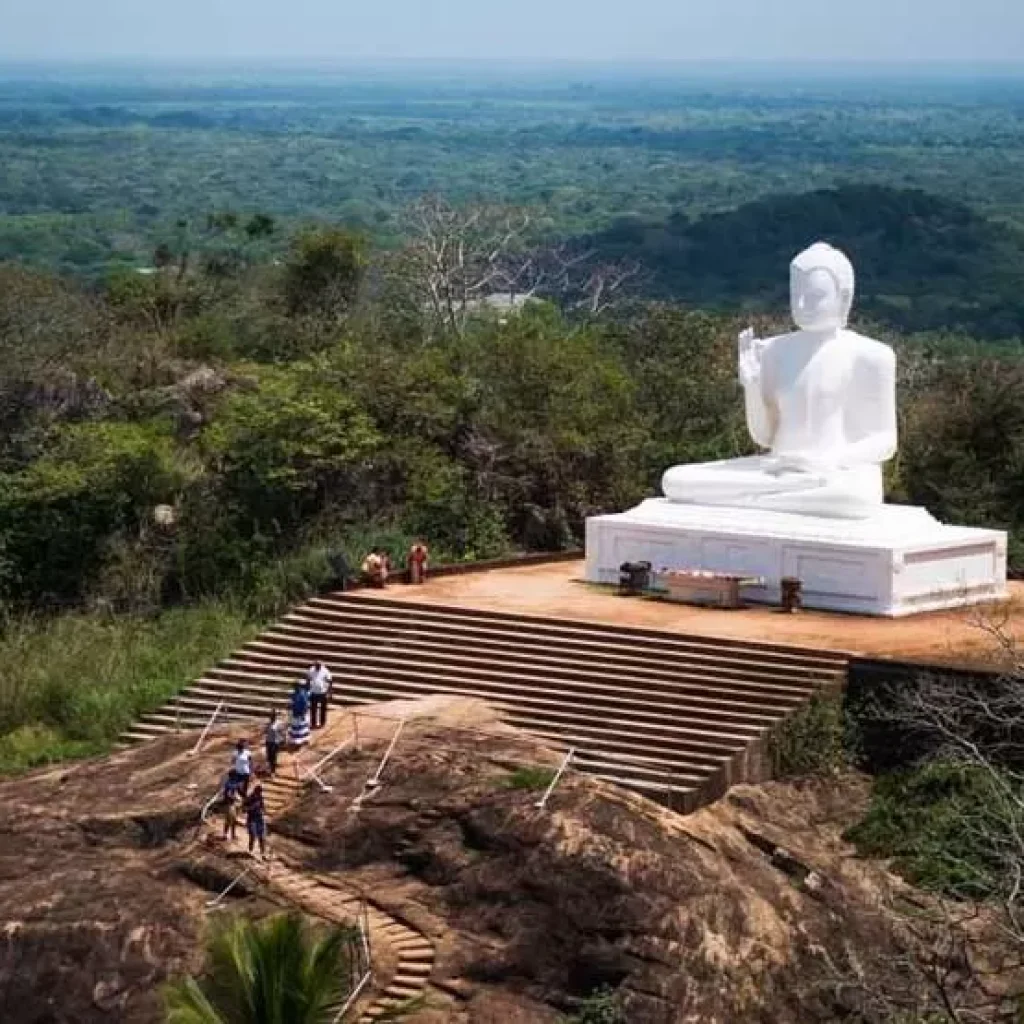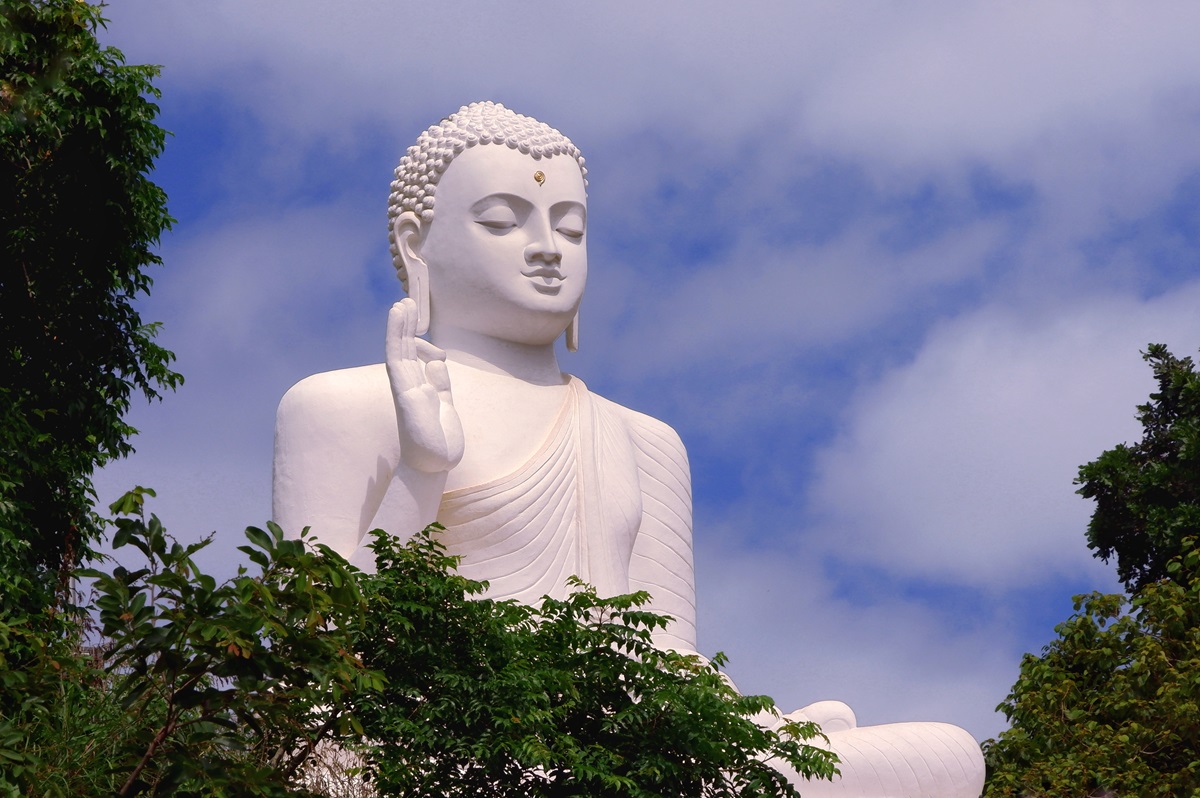Sri Lanka is often celebrated for its serene beaches, emerald tea estates, and timeless temples. But beyond the postcard beauty lies a spiritual heartland that shaped the island’s soul — Mihintale, often called The Cradle of Buddhism in Sri Lanka. Perched on a tranquil hill near Anuradhapura, this ancient site is not just a destination; it’s a pilgrimage into the origins of faith, peace, and history that continue to define Sri Lankan culture today.
The Birthplace of a Faith

Mihintale’s story begins more than 2,300 years ago, when Emperor Ashoka of India sent his son, Mahinda Thero, on a sacred mission to spread the teachings of Buddha. According to legend, Mahinda arrived in Sri Lanka around 247 BC and met King Devanampiya Tissa while the king was hunting deer on this very hill. The historic encounter transformed the island forever — it marked the moment Buddhism was introduced to Sri Lanka.
Since then, Mihintale has been revered as the origin point of Buddhism on the island, a site where philosophy triumphed over conquest and compassion became the cornerstone of a civilization.
🕊️ Standing on Mihintale Hill, you can almost feel the timeless connection between spirituality and nature — a sense that the world pauses in reverence.
The Climb to Enlightenment

Visiting Mihintale is both a physical and spiritual journey. The climb to the summit involves 1,840 granite steps, flanked by lush greenery and the songs of tropical birds. It may sound daunting, but every step feels lighter with the breeze of ancient stories guiding you upward.
Along the way, you’ll encounter stone inscriptions, ancient stupas, and monk residences carved into the rock. The most famous stop is the Ambasthala Dagoba, built on the spot where Mahinda met King Devanampiya Tissa. Nearby stands a white marble statue of the Buddha, serene and watchful, gazing over the vast plains below.
The panoramic view from the top is breathtaking — endless green paddy fields merge with the horizon, dotted by the distant domes of Anuradhapura’s great stupas. It’s a sight that connects travelers with both the island’s natural beauty and its sacred roots.
Sacred Structures and Stories

Mihintale is not a single monument but a complex of sacred structures, each whispering tales from centuries past.
- Kantaka Cetiya: One of the oldest stupas in Sri Lanka, adorned with exquisite carvings that reflect early Sinhalese art.
- Mihindu Guha (Mahinda’s Cave): Believed to be where Mahinda Thero meditated after his arrival, this simple rock shelter exudes an aura of deep tranquility.
- Refectory and Hospital Ruins: These remnants highlight Mihintale’s role as not only a religious hub but also an early example of Buddhist compassion in action — serving the community through healing and charity.
- Aradhana Gala: The “Rock of Invitation,” said to be where Mahinda first called out to King Tissa. Climbing it at sunrise or sunset offers a meditative experience like no other.
Every corner of Mihintale radiates the essence of Buddhism — simplicity, mindfulness, and respect for all living beings.
A Living Heritage
Today, Mihintale continues to attract monks, pilgrims, and curious travelers alike. During Poson Poya, the full moon festival in June that commemorates Mahinda’s arrival, the entire hill lights up with thousands of oil lamps. The air fills with the hum of chanting, the glow of lanterns, and the shared joy of spiritual celebration.
For visitors, this is one of the most profound cultural experiences in Sri Lanka — a moment where ancient faith meets modern devotion.
If you’re planning your journey, consider combining Mihintale with Anuradhapura, just 12 kilometers away, which houses the Ruwanwelisaya and Sri Maha Bodhi Tree — both central to Sri Lanka’s Buddhist heritage.
Travel Tips for Visiting Mihintale
- Best Time to Visit: Early morning or late afternoon for cooler weather and stunning light for photography.
- Dress Modestly: Wear white or light-colored clothing as a sign of respect when visiting temples and stupas.
- Stay Hydrated: The climb can be steep; carry water and take breaks along the way.
- Footwear: You’ll need to remove your shoes near sacred areas — sandals are most convenient.
- Combine with Cultural Triangle: Mihintale is part of Sri Lanka’s Cultural Triangle, which also includes Sigiriya, Dambulla, and Polonnaruwa.
For more destination inspiration across Sri Lanka and beyond, visit our Planet Earth Holidays Blog



0 Comment